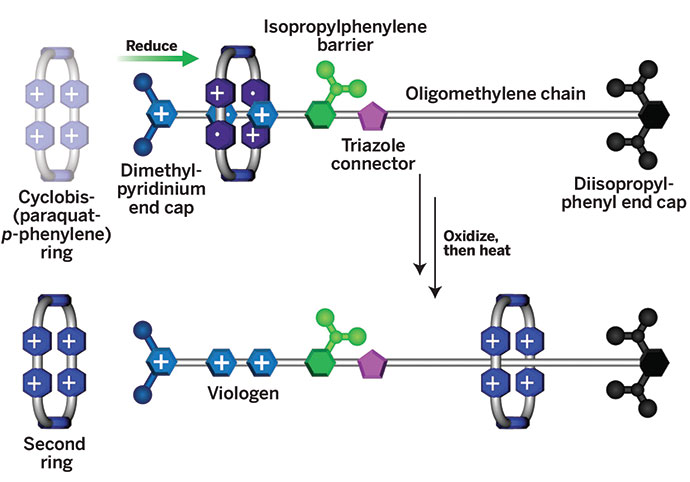Advertisement
Grab your lab coat. Let's get started
Welcome!
Welcome!
Create an account below to get 6 C&EN articles per month, receive newsletters and more - all free.
It seems this is your first time logging in online. Please enter the following information to continue.
As an ACS member you automatically get access to this site. All we need is few more details to create your reading experience.
Not you? Sign in with a different account.
Not you? Sign in with a different account.
ERROR 1
ERROR 1
ERROR 2
ERROR 2
ERROR 2
ERROR 2
ERROR 2
Password and Confirm password must match.
If you have an ACS member number, please enter it here so we can link this account to your membership. (optional)
ERROR 2
ACS values your privacy. By submitting your information, you are gaining access to C&EN and subscribing to our weekly newsletter. We use the information you provide to make your reading experience better, and we will never sell your data to third party members.
Physical Chemistry
Motorizing the nanocar
April 24, 2006
| A version of this story appeared in
Volume 84, Issue 17
James M. Tour made nanoautomotive history last year, when his lab at Rice University built the world's first single-molecule car (C&EN, Oct. 24, 2005, page 13). But without an engine, this so-called nanocar couldn't go anywhere without being pushed. Now Tour, along with colleagues Jean-François Morin and Yasuhiro Shirai, have taken a light-powered unidirectional molecular motor and attached it to the chassis of a newer model nanocar (shown, Org. Lett. 2006, 8, 1713). The motor should propel the car forward with a paddle-wheel motion. The Rice team also replaced the fullerene wheels they used in the earlier model of the nanocar with p-carborane tires. The motor, they say, was completely inoperative in the presence of fullerenes, probably because of rapid energy transfer from the motor's excited state to the fullerenes. The p-carboranes are spherical enough to operate as wheels, and kinetic studies in solution demonstrate that the motor rotates when irradiated with light. Next, the group hopes to drive the nanocar across a flat surface.





Join the conversation
Contact the reporter
Submit a Letter to the Editor for publication
Engage with us on Twitter